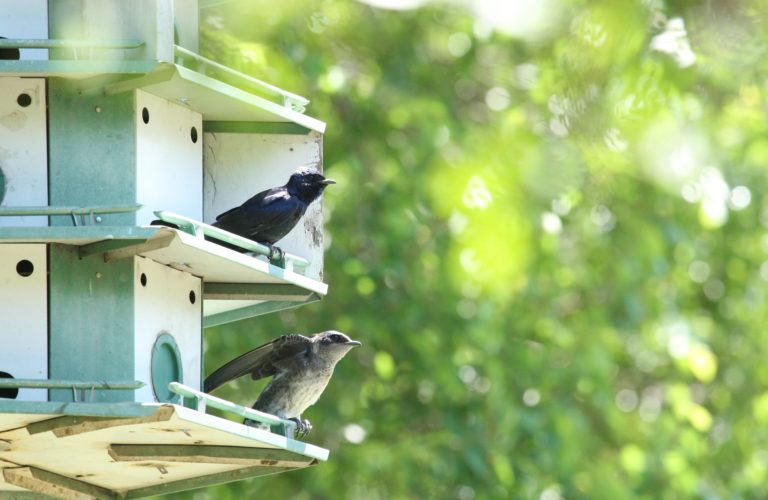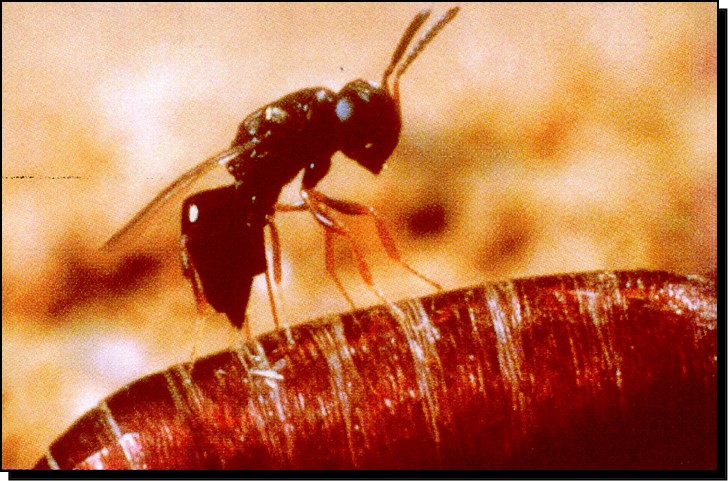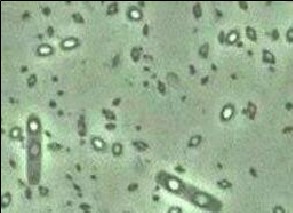An Innovative Approach to Pest Management at Clouse Water Recycling Center
The Steven M. Clouse Water Recycling Center (WRC), SAWS’ largest wastewater treatment plant, is responsible for taking San Antonio’s raw sewage and producing clean, recycled water that can be used for various industrial and recreational activities or released back into the natural environment.
Also harvested and recycled at Clouse WRC are natural gas and biosolids, which become compost. This “environmental trifecta” has garnered SAWS several awards from the Environmental Protection Agency (EPA) and the State of Texas.
But this is the more glamorous side of water recycling. In reality, recycling wastewater is a dirty, but necessary job. Raw, untreated sewage presents the greatest challenge to the nose, but odors also emit from the biosolids that are produced as bacteria and microorganisms digest the poop.
Not surprisingly, these pungent odors attract a lot of insects (vectors) and flies, with gnats being the most problematic. Prior to 1999, SAWS managed the insect problem using only the application of pesticides. While this process had some success, it also proved to be expensive and had the potential to be harmful to local water quality.
It wasn’t long before the resourceful staff at Clouse WRC began using a new approach: Integrated Pest Management. Also known as IPM, this method manages insect populations without the primary reliance on pesticides. The intent of IPM programs is not to eradicate insect populations, but to manage them to a level where they cause little harm to daily operations while still maintaining a balance in the environment.
Clouse WRC currently uses three biological controls to manage its vector populations. Chemicals are used sparingly and as a last resort.
Beneficial Birds
While many species of birds eat insects, purple martins (Progne subis) in particular are voracious insect eaters. These birds usually arrive in San Antonio in early spring and stay until fall. Vector populations are highest during these warmer months so the Clouse WRC staff built and maintain more than 50 purple martin condominiums. These large birdhouses with 12 residences each help make these beneficial birds feel welcome and encourage them to stay and eat.


Hungry Wasps
Ant-sized parasitic wasps (Nasonia vitripennis and Musccidifurax zaraptor) are used to lay their eggs in fly larvae. The wasp eggs hatch and utilize the fly larvae as a food source until the wasp reaches maturity. Mature parasitic wasps can migrate up to 300 feet to find a new food source (another fly larvae) which prevents the fly larvae from ever maturing into an adult fly and thereby stopping the fly’s life cycle in its tracks. When temperatures increase after the winter months, new wasps are “planted” in the beds to restart the annual parasite cycle.
Useful Bacteria
Bacillus thuringiensis (Bt) is a naturally-occurring soil bacterium that produces crystal proteins which are toxic to certain species of insects, but harmless to humans and other animals. At Clouse WRC, Bt is used as a biological larvicide for fungus flies, drain flies and mosquitoes in the drying phase of our solids treatment operations.

Chemical use as a last resort
On occasion, the use of low-toxicity chemicals is necessary, albeit sparingly. In these instances, S-Methoprene, an insect growth regulator, is used to interfere with a vectors life cycle by keeping larvae from developing into adults.
Additionally, a mixture of tea tree oil and rosemary is sprayed around the barriers of each sand drying bed to deter the vectors from flying out.
This innovative Integrated Pest Management approach at Clouse WRC has been both effective and instrumental in virtually eliminating the vector problem at the facility. And, it reinforces SAWS’ continual dedication to providing sustainable, affordable, water services for our community.